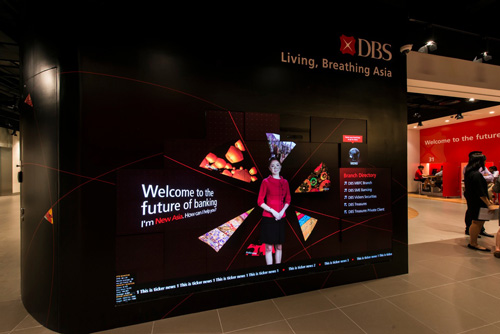DBS Bank Pumps Up the Volume on its Technology
Singapore’s largest bank is using analytics, social media, mobile and other technologies to boost customer satisfaction and performance.
Singapore’s DBS Bank is the largest bank in Southeast Asia, with $401 billion (Singapore) in assets. It is the dominant retail bank in Singapore, and also has a growing presence in China and South Asia.
The bank is using technologies like mobile, social media and analytics to remake its relationship with customers and its operations.
David Gledhill, group executive and head of technology and operations, joined the bank in 2008, and has led the bank’s reworking of technology. He spoke with MIT Sloan Management Review contributing editor Michael Fitzgerald about adapting new technologies and developing the skills needed to use them effectively.
When you arrived at the bank in 2008, observers commented that DBS’s systems had not kept pace with the bank’s rate of expansion. Now it has a reputation for technology excellence. What have you and the management team done to change its reputation?
The most important thing was to get the culture shift right. That’s what we worked on for the first two or three years. Obviously that’s a journey. The cultural messages we gave were some of the most relevant ones to get the thinking to shift. It was a little bit “mother and apple pie,” but we focused on three simple things: we’re going to build world-class technology, we’re going to focus on getting the business moving and driving innovation through technology.
Just the attitude shift that we’re going to build world-class technology was a major component.
What were the most important new technologies you wanted to innovate with?
We’ve done a lot in the mobile space. We’ve really pushed the agenda on analytics.
For example, ATMs are a big, big challenge for us here in Singapore. We have one of the highest volume uses of ATMs anywhere in the world. Just to give you a sense, the average ATM in the U.S. dispenses about 2,000 cycles a month. Our average ATMs do 20,000 cycles a month.
We said, there has to be a better way to schedule the filling of these ATMs to reduce cash out, improve customer services, etc. So, we partnered with SAS. It took about six months of modeling work.


